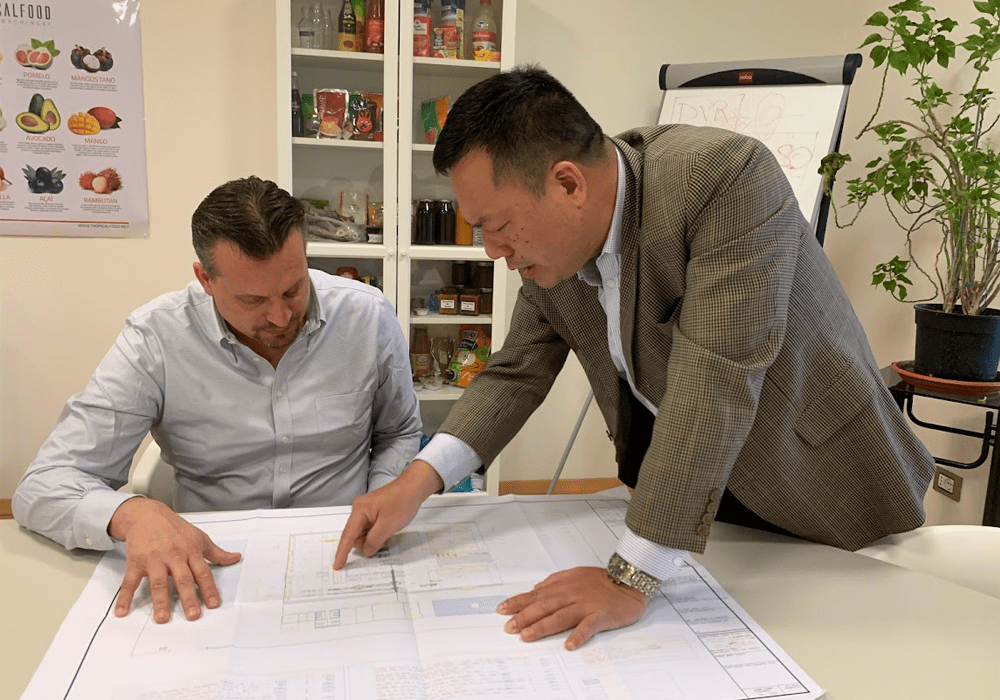Notes when designing a food processing plant
In the ever-evolving world, the food industry plays an important and challenging role. With the increase in population, the increasing demand for safe, high-quality food has placed a series of strict requirements on food processing. In this context, food processing plant design plays a decisive role in ensuring the safety, efficiency and sustainability of the food industry. Below are some important notes when designing a food processing plant .

1. Comply with food safety regulations: Food safety is always the top priority in processing plant design. The design needs to comply with all food hygiene regulations and standards, ensuring that the production process is carried out in a clean and safe environment. Disease control systems and pollution prevention measures also need to be tightly integrated.
2. Choosing a suitable location: Choosing a location for a processing plant needs to consider many factors such as distance to raw material sources, transportation infrastructure, energy and water supply utilities, as well as market access. The location must be convenient for transporting goods in and out of the factory.
3. Optimize the production process: The production process needs to be optimally designed to ensure high efficiency, minimize waste and save resources. Analyzing and optimizing the production process can help reduce the time, effort and materials needed.
4. Selection of equipment and technology: The choice of food processing equipment and technology has a great impact on production quality and performance. Factors such as processability, operational convenience, energy efficiency, and ability to comply with food safety requirements should be considered.

5. Building effective space: Construction plans and space layout in the factory need to be scientifically designed to optimize production processes. Areas such as raw material storage, processing, packaging and finished product storage need to be arranged to be reasonable and convenient for the working process.
6. Staff training: Training and capacity building for plant operations staff is an important part of the design. Employees need to be instructed on work procedures, food safety, and how to handle emergencies to ensure smooth and safe operations.
7. Waste management: Food processing also creates a large amount of waste. The design needs to consider effective waste treatment and recycling to protect the environment.
8. Maintain and improve: After the factory goes into operation, maintaining and improving the production process is necessary to ensure performance and product quality. Using production data to evaluate and optimize processes is also an important part of the design process.

In summary, designing a food processing plant requires a combination of knowledge of food processing technology, knowledge of food safety, knowledge of operating management, and knowledge of construction architecture. construction, … Compliance with food safety regulations, choosing a suitable location, optimizing production processes, choosing technological equipment, building effective spaces, and training employees , waste management and sustaining product innovation & research and development all play an important role in ensuring the success and sustainability of a food processing plant.
If you are interested, please contact Kim Nguyen Corporation for the best advice.

